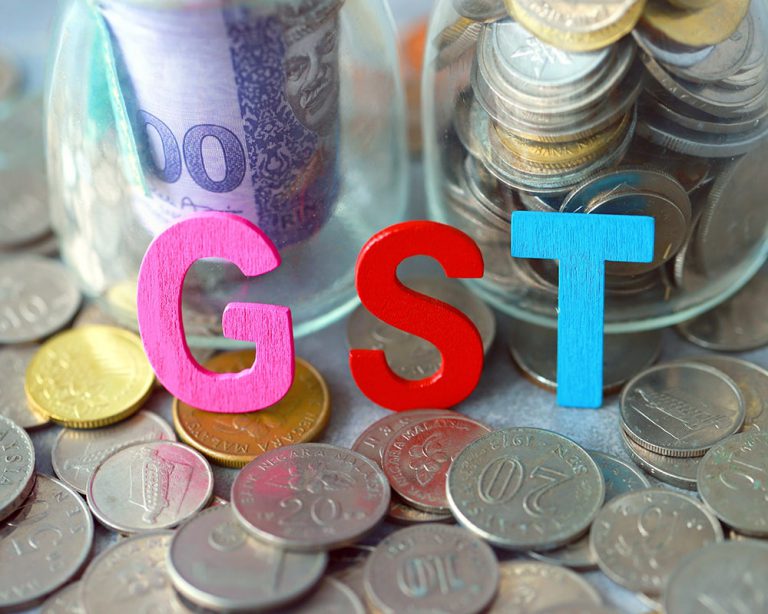August 21, 2017 By: Durgesh Verma
In 2017, there are expected major changes in tax policies and procedures in India. The Government of India has implemented GST in 2017. A GST council comprising of state and central government ministers is overseeing its execution. GST implementation is expected to present numerous benefits including opening interstate markets, boosting investment and well as reducing the price of commodities.
The Goods and Services Tax (GST) Bill that was passed on earlier in 2017 in India and brings about significant changes in the way business is conducted in India. One of the benefits expected with implementing this GST bill is a reduction in the overall tax paid by businesses. In preparation to become GST compliant, businesses have geared up to the changes by training their teams and developing IT systems that support GST compliance.
Key Changes
The GST bill once fully integrated is expected to eliminate most of the indirect taxes. Some of the taxes that will be eliminated include:
- CENVAT: This type of tax that is levied on manufacturers either as a percentage of transaction value or as the MRP of the goods. CENVAT is levied on all moveable and marketable goods in India.
- OCTROI: OCTROI is a local tax levied on all goods brought into a town or state for local use. This tax is collected by the state government or city municipality in a given town.
- Excise Duty: the excise duty is a type of indirect tax is levied on all goods manufactured in India and meant for local consumption.
- Sales Tax: Sales tax is imposed on products either manufactured locally or imported that is being sold for the first time in India. Usually, if the commodity has been sold subsequently without being reprocessed, it is exempted from the sales tax.
Benefits of GST
Once fully implemented, GST will significantly lower the total tax levied on businesses and manufacturers hence increasing their profit margin. The reduction of indirect taxes will also enable a more transparent and efficient economy. It has removed tax barriers among different states and facilitates the creation of one market. A reduction in tax costs will consequently lower the final price of products to customers making commodities affordable. GST is expected to drop the cost of capital goods promoting investment.
Features of GST
The following are the characteristics of GST:
- Sales tax is imposed on products either manufactured locally or imported that is being sold for the first time in India. Usually, if the commodity has been sold subsequently without being reprocessed, it is exempted from the sales tax.
- GST compliance is overseen by a GST council that comprises of both state and central government ministers.
- Key taxes have subsumed under GST include all types of excise duty, service tax, state-level taxes like VAT, entertainment tax, entry tax, purchase tax, luxury tax, OCTROI, Special additional duty.
- GST is levied on newspapers and advertisements as a means for the government to earn a substantial revenue.
- The GST council is levying Interstate IGST on interstate supply of goods and services. Imported goods will be subject to both basic custom duty and IGST.
- States will continue to impose stamp duties on legal agreements
The Indian government is committed to see a full implementation of GST in 2017. Businesses and taxpayers therefore have already put measures and processes to enable them to be GST compliant. Stakeholders with a clear understanding of the GST policy development have created time bound action plan and a well prepared transition map.



